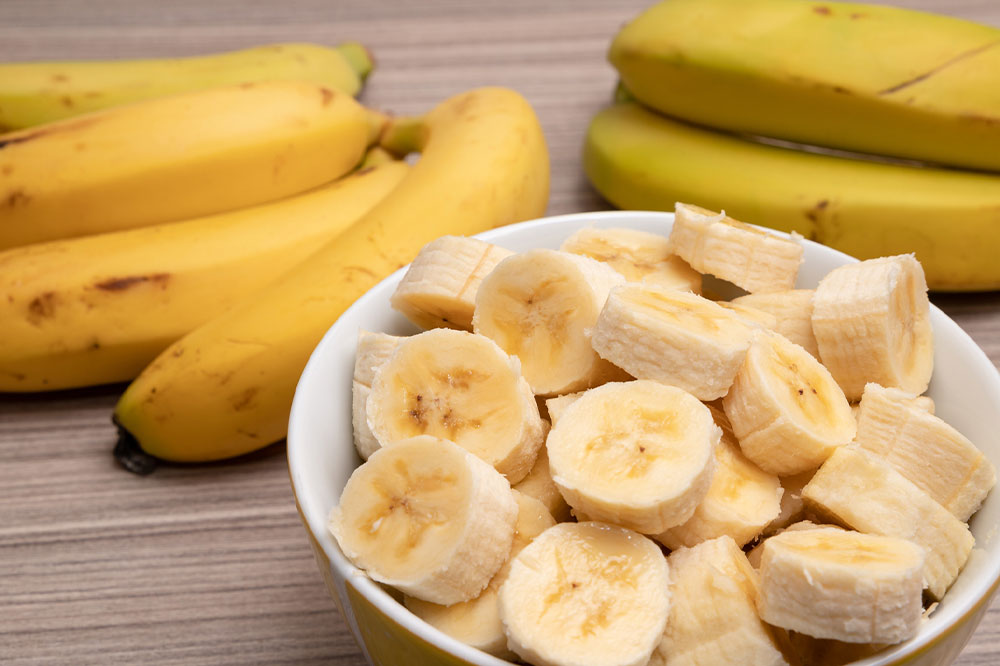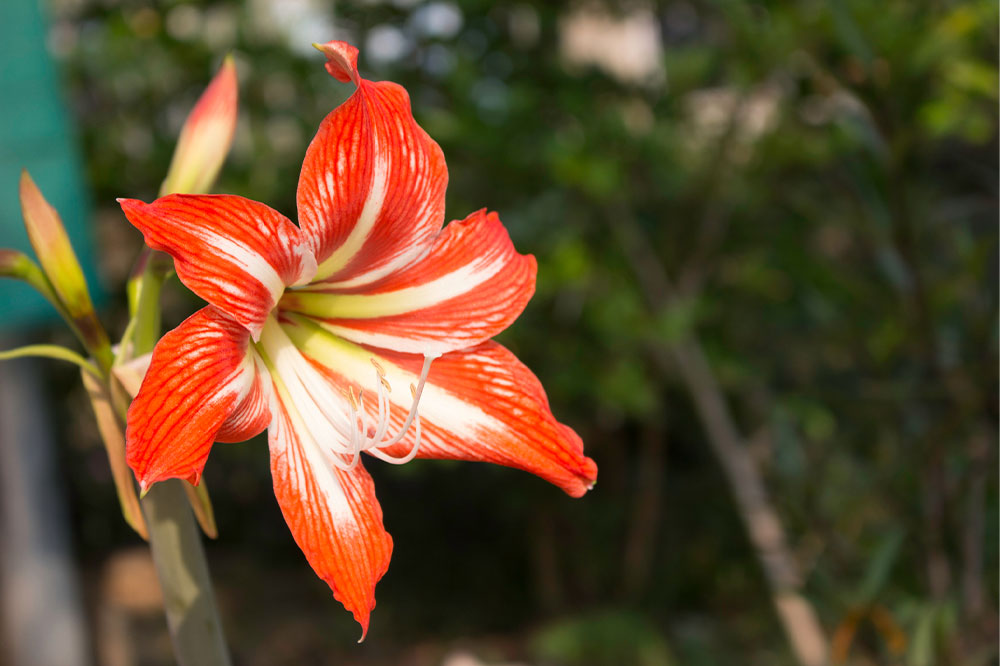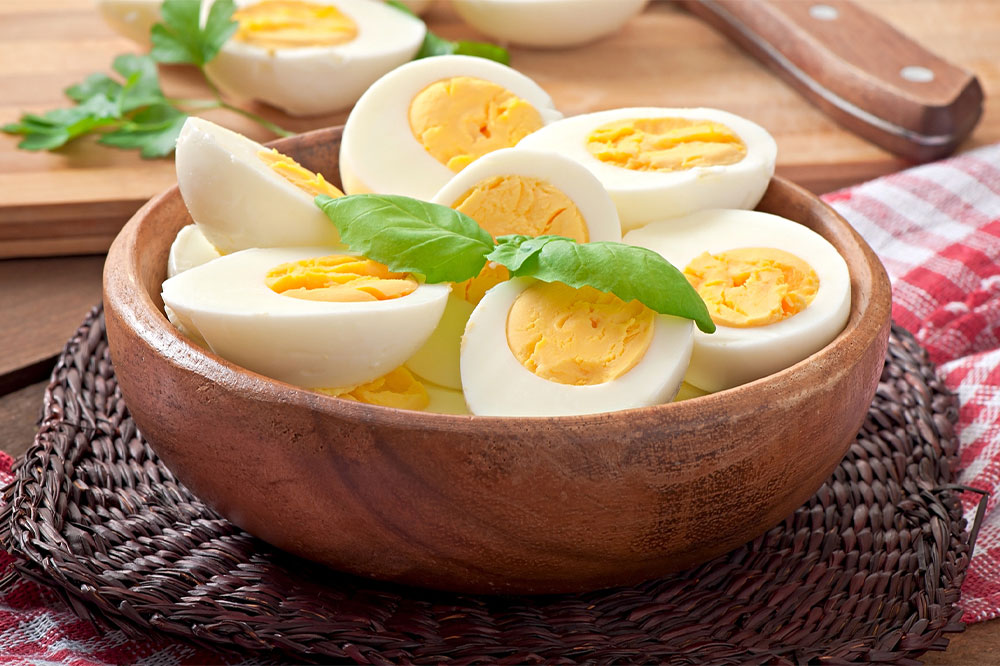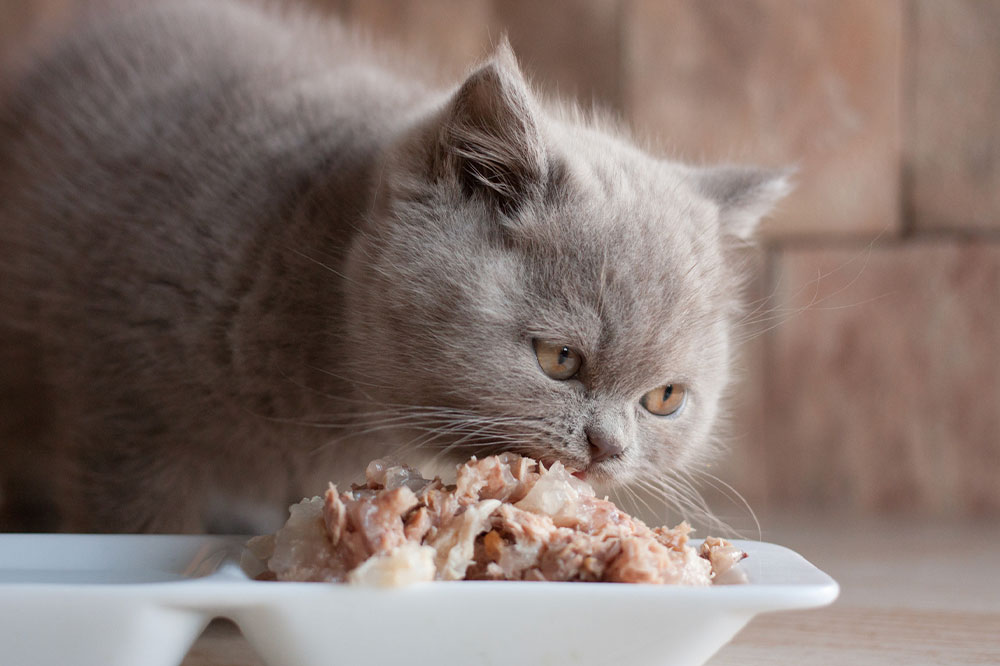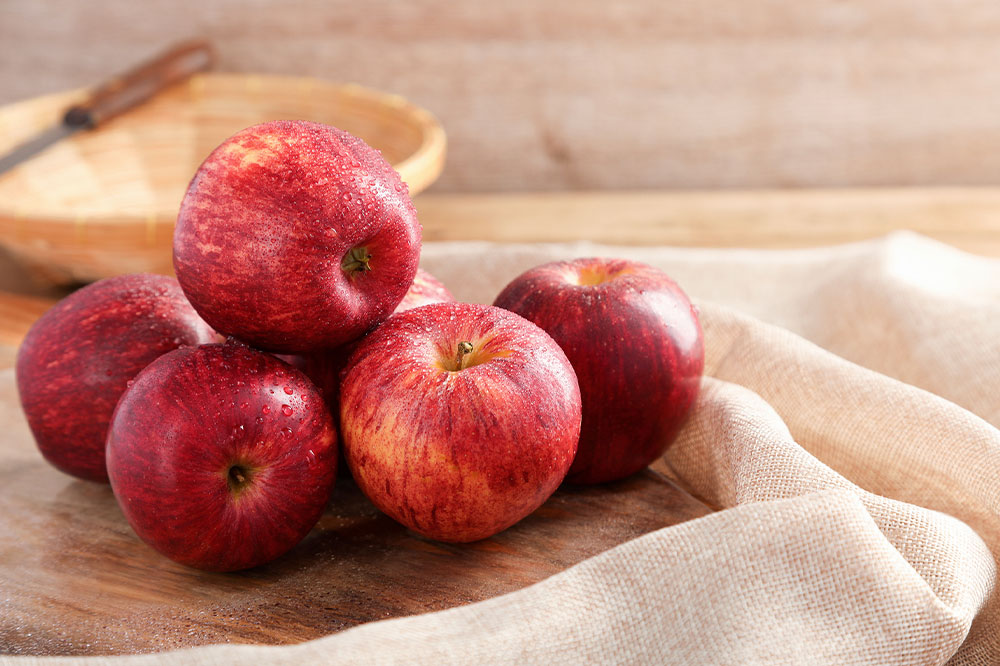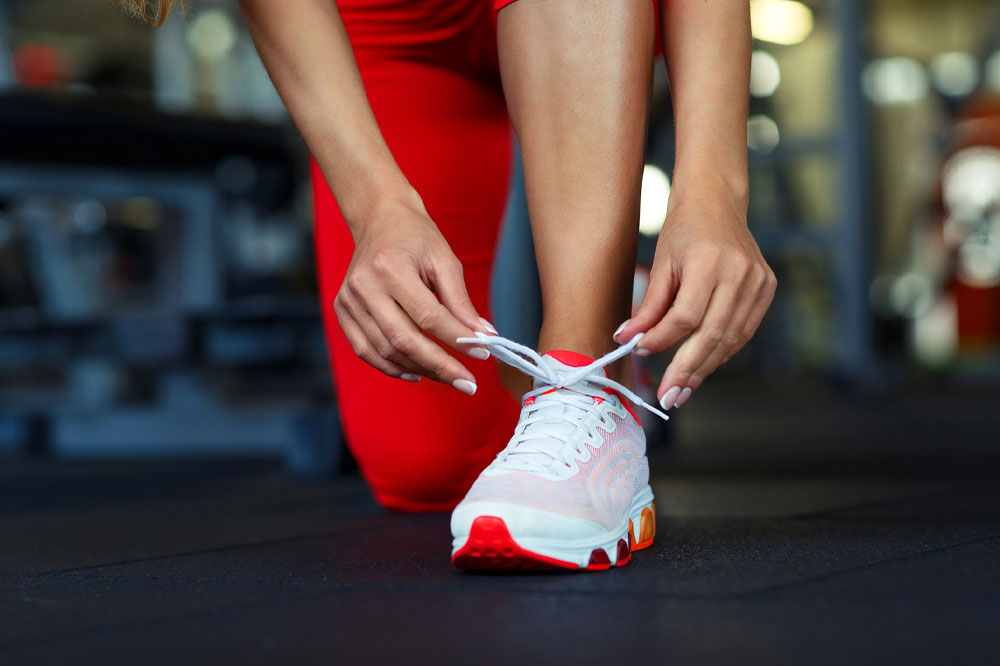3 tips to lower blood sugar and manage diabetes

Diabetes, also called diabetes mellitus, is characterized by increased blood sugar or blood glucose levels. It is among the most prevalent ailments affecting more than 37 million people in the country. The condition could result from several factors, including age, family history, and genetics. While some might not show symptoms, those experiencing constant urination and thirst should get checked. Here are the treatment options, foods, and lifestyle changes to help manage high blood sugar:
Treatment options
There is no cure for diabetes. Available treatments only help control blood sugar fluctuations, prevent complications, and slow the condition’s progression. Here are a few options to treat diabetes:
- INVOKANA®
It is an oral treatment to lower blood sugar levels in individuals over 18 years with type 2 diabetes. INVOKANA® is used with changes in foods and an exercise routine for maximum benefit. Besides lowering blood sugar, this treatment option can reduce the risk of cardiovascular conditions like heart attacks, strokes, and end-stage kidney disease that can result from the ailment. Note that INVOKANA® should not be used to treat type 1 diabetes as it can increase the risk of ketoacidosis. The severe side effects of this treatment include a high risk of amputations, dehydration, ketoacidosis, vaginal yeast infections, and yeast infections around the penis. Other possible side effects include urinary tract infections, low blood sugar, bacterial infections on the skin, allergic reactions, and fractures. - KERENDIA
The FDA has approved KERENDIA as a treatment option to reduce the risk of kidney disease, cardiovascular issues, and hospitalization for heart failure linked to type 2 diabetes. The oral treatment is mainly recommended for adults. Common side effects of KERENDIA include high potassium levels, low blood pressure, and low sodium levels. - GlucoTrust
Many patients look for treatment options with all-natural ingredients to keep their blood sugar levels in check. GlucoTrust is one such option. Its natural ingredients help the body convert glucose into energy and maintain the body’s hormonal balance. However, one must talk to a doctor before starting natural and herbal options like GlucoTrust for diabetes. - Insulin therapy
Insulin is a hormone produced by the pancreas that helps the body break down the glucose that fuels the cells in the body. In type 1 diabetes, the pancreas produces little to no insulin. This makes it difficult for the body to process glucose, increasing blood sugar levels. To tackle this, individuals opt for insulin therapy, where they are given the hormone externally. Various types of insulin are available depending on how they control blood sugar. For instance, long-acting insulin helps the body break down glucose in small amounts throughout the day. Short-acting insulin works much faster and is suitable for tackling glucose spikes after meals. Individuals can get insulin via a shot, an insulin pen, or a pump. - Dexcom G6
Besides following a treatment plan, patients must keep tabs on their blood sugar levels. The Dexcom G6 continuous glucose monitoring (CGM) system is one way to track blood glucose. It is a tiny device that provides real-time monitoring of blood sugar without the need for a finger prick. The device consists of a sensor placed on the skin to be changed every ten days. It is also very discreet, meaning individuals can wear it under their clothing without worry. The best part is that it can send automatic alerts to a connected mobile device if the patient’s blood sugar levels are too high or too low. On the downside, it is a rather expensive mode of diabetes management. Dexcom G6 is suitable for managing diabetes in individuals over two years.
Foods to eat and avoid
Besides treatment, people with diabetes must follow the right meal plan to manage blood sugar. This is because some foods can increase blood sugar levels quickly, whereas others take longer. The glycemic index (GI) helps measure this. Foods that are absorbed into the bloodstream slowly and do not affect blood sugar levels have low GI values. Therefore, those with diabetes should opt for low-GI foods like nuts, pulses, whole grains, avocado, broccoli, pears, and apples.
Foods with high GI levels can cause sudden spikes in glucose levels. Hence, avoiding bread, rice, pasta, sweetened cereals, soft drinks, and even specific fruits is recommended. Furthermore, patients must avoid fried foods, such as French fries, as they can increase the risk of heart disease and other diabetes complications.
Lifestyle changes
Specific lifestyle adjustments positively impact blood sugar levels and help keep diabetes in check. Here are a few examples:
- Exercise
Movements that increase the heart rate and use energy can help lower blood sugar and reduce the risk of heart diseases. Individuals can try walking, riding a cycle, jogging, or even swimming for a minimum of 30 minutes a day. Exercise also helps relieve stress, which is among the significant triggers of high blood sugar. - Regular checkups
Patients must go for regular checkups to keep tabs on their cholesterol, blood pressure, and blood sugar levels. It is advisable to get checked once every six months. A health checkup can also help identify and prevent complications associated with the disease, such as a heart attack and stroke.

